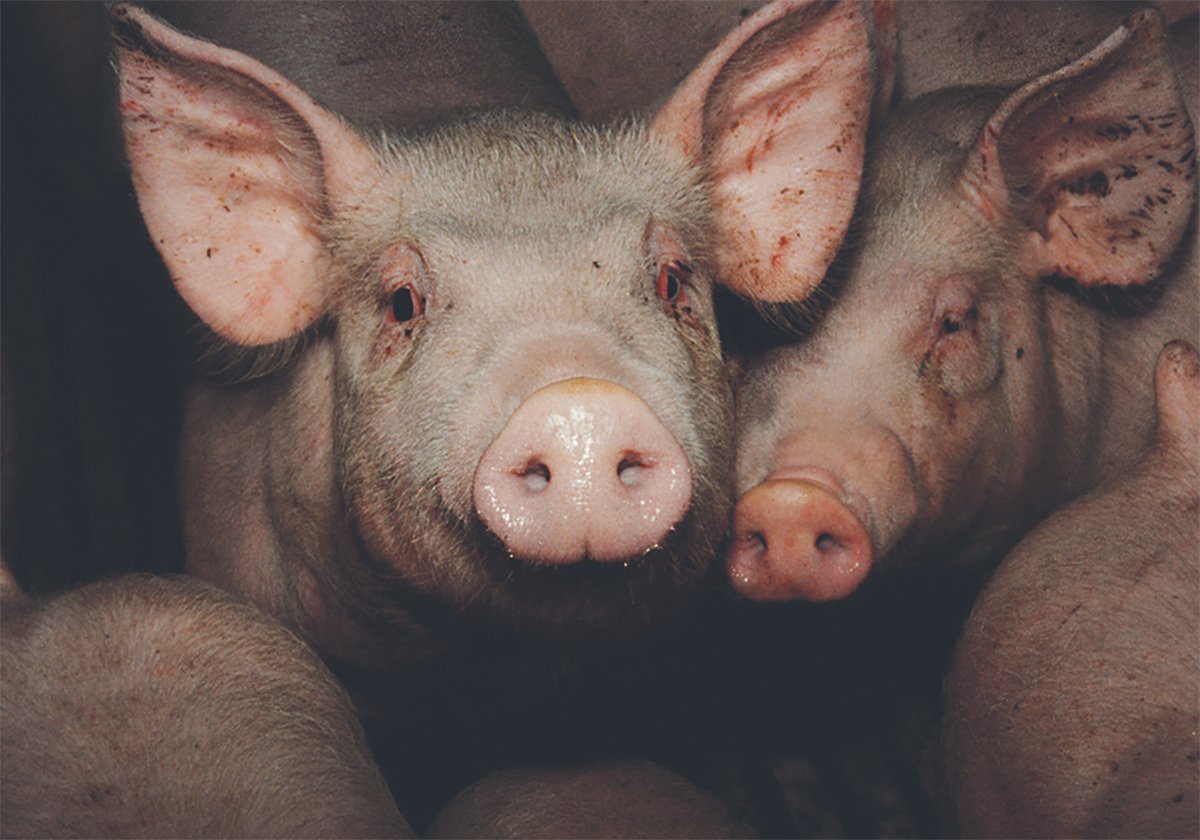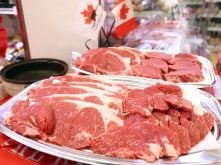TABER, Alta. – Organic grower Steve Snider thinks he has found some weed control techniques that work on any farm, organic or conventional.
“When we go out and till the soil and make it black, something has to replace it and Mother Nature comes through and covers it with some weeds,” he told about 60 people at an organic growers’ meeting in Taber.
Snider, co-owner of Little Red Hen Mills in New Norway, Alta., has been in the organic business for 17 years. Five years ago he became a pedigreed organic seed producer with a cleaning plant on site.
Read Also

The Western Producer Livestock Report – October 30, 2025
Western Producer Livestock Report for October 30, 2025. See U.S. & Canadian hog prices, Canadian bison & lamb market data and sales insights.
Snider said weeds are not necessarily a bad thing because if they do not grow, the soil is likely sterile.
He thinks his practice of timely cultivation and well planned rotations of interplanted crop could be applied on any farm.
Snider uses a six-year rotation that includes hay crops, green manure followed by fall rye, oats, peas or both, green manure again, followed by a mix of a legume such as peas intercropped with barley.
About half the crops planted each year are plowed down for green manure. Silage is not considered green manure.
When going through the required three year transition from conventional to organic farming, Snider suggests seeding fields to hay, which adds nitrogen to the soil, provides income and is easy to break for the first planting of wheat.
Snider often times seeding to coincide with weed emergence.
He waits until Canada thistle has emerged before seeding, which means the soil is warm enough for germination. He also practises post- emergent harrowing when his wheat is about 71/2 centimetres high. Fields are also managed with rodweeders or cultivators with spikes to pull weeds rather than sweep-type cultivators that cut weeds off, leaving them to regrow.
“It is not how many weeds you pull up, it is how many you cover,” he said.
Most of the kill comes from burial. However, it is important to be careful with weed burial because it could damage the crop, depending on weather and soil conditions.
As well, harrowing may not work if weeds are too mature. If fields get too weed infested, they are turned over for green manure.
Cultivation can be a questionable practice during drought because it dries the soil.
Snider also uses crop blending to control weeds.
A favourite blend is cereals and legumes such as peas or fababeans to develop strong plant canopies to shadow weeds.
These are often turned into green manure crops incorporating fababeans, peas, oats or barley mixtures. Soil tests on Snider’s farm showed fababeans set about three times as much nitrogen as peas.
To control wild oats, Snider waits to plow down a field until the plants start to set seeds at the early milk stage. This typically happens at the end of July.
He has used a Noble blade in the fall because it leaves stubble that helps trap snow.
For serious problems with Canada thistle and other stubborn weeds, he recommended seeding fields to hay. With repeated cutting, the problem seems to curb itself in two to six years.















